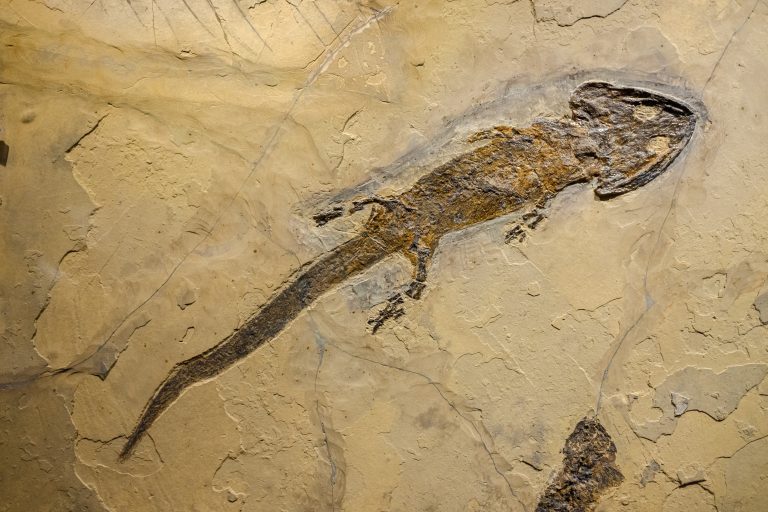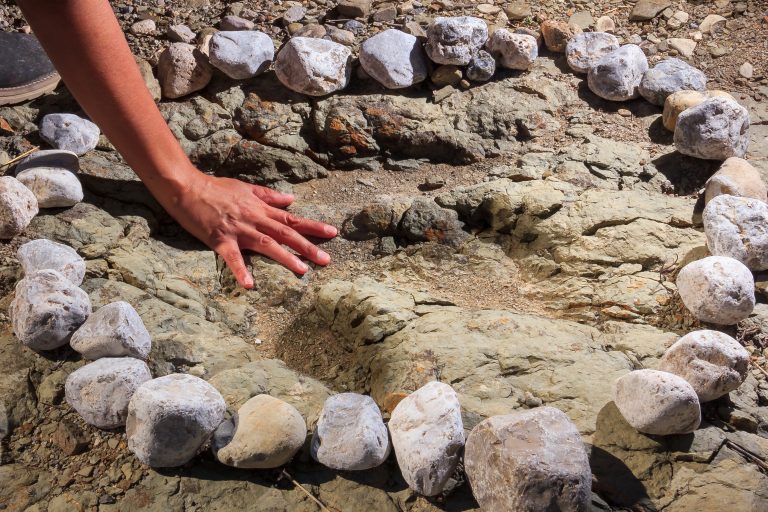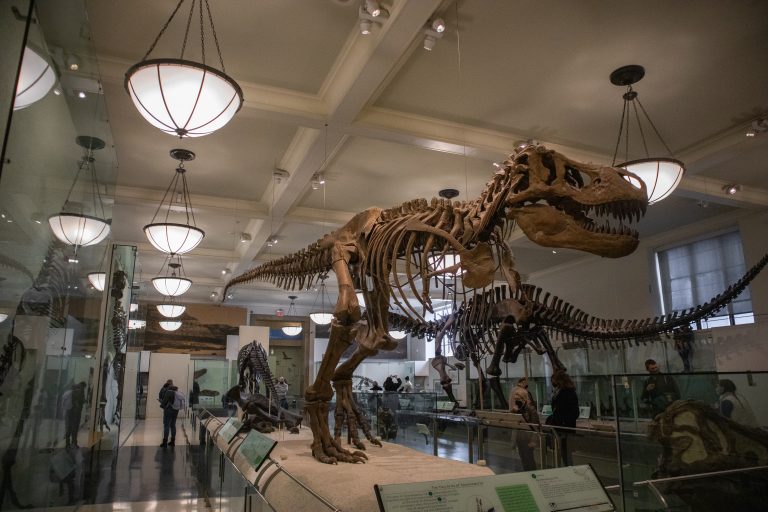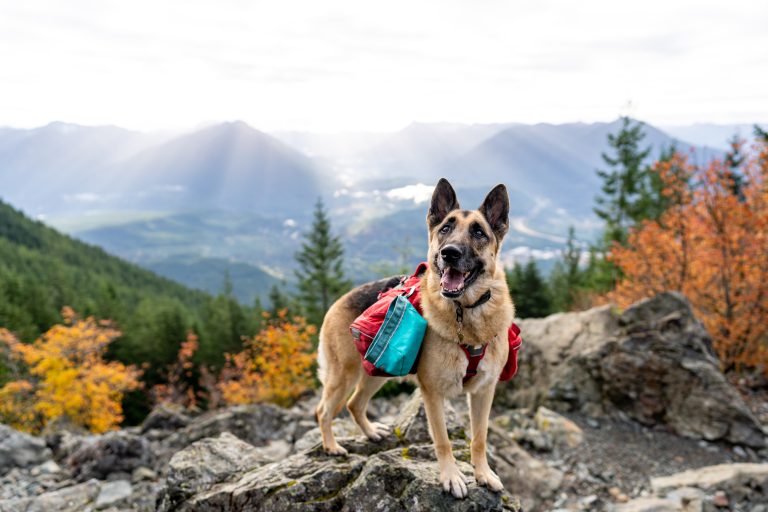5 Most Amiable Dinosaurs That Ever Roamed Earth
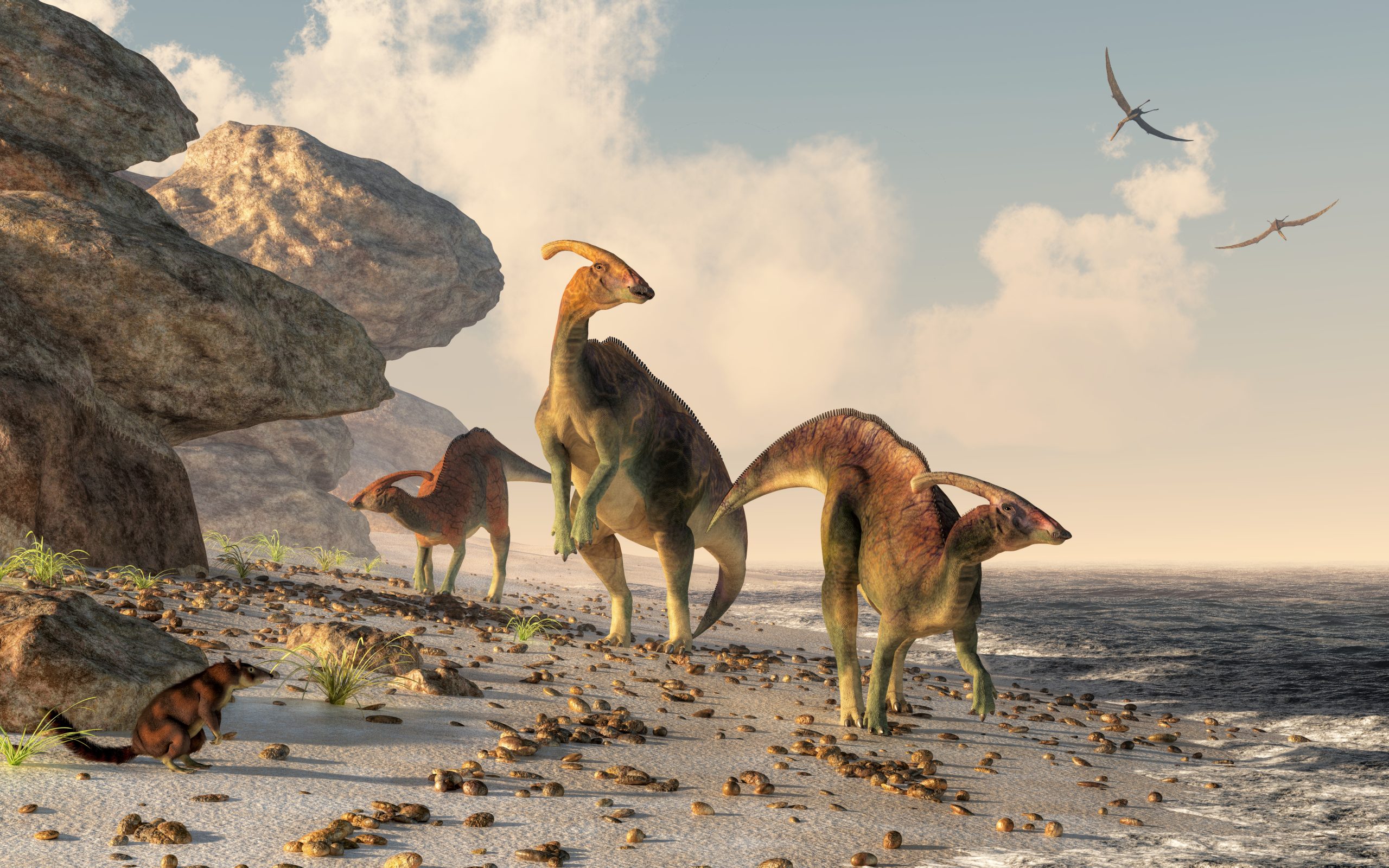
Imagine stepping back in time to when majestic creatures ruled the land. In this journey, we’ll explore some of the most amiable dinosaurs that ever roamed our planet, delving into their behaviors that hint at a gentler side of the prehistoric world.
Dinosaurs, the colossal beings of the Mesozoic Era, captivate with their immense size and diverse behaviors. Beyond popular depictions, fossils reveal sociable and caring traits among these ancient giants. Paleontologists decode their mysteries, uncovering complex social structures and amiable habits.
From the fierce Tyrannosaurus rex to the towering Brachiosaurus, dinosaurs are more than just monsters—they are integral to Earth’s history, their stories unfolding with each discovery.
1. Maiasaura: The Caring Mother
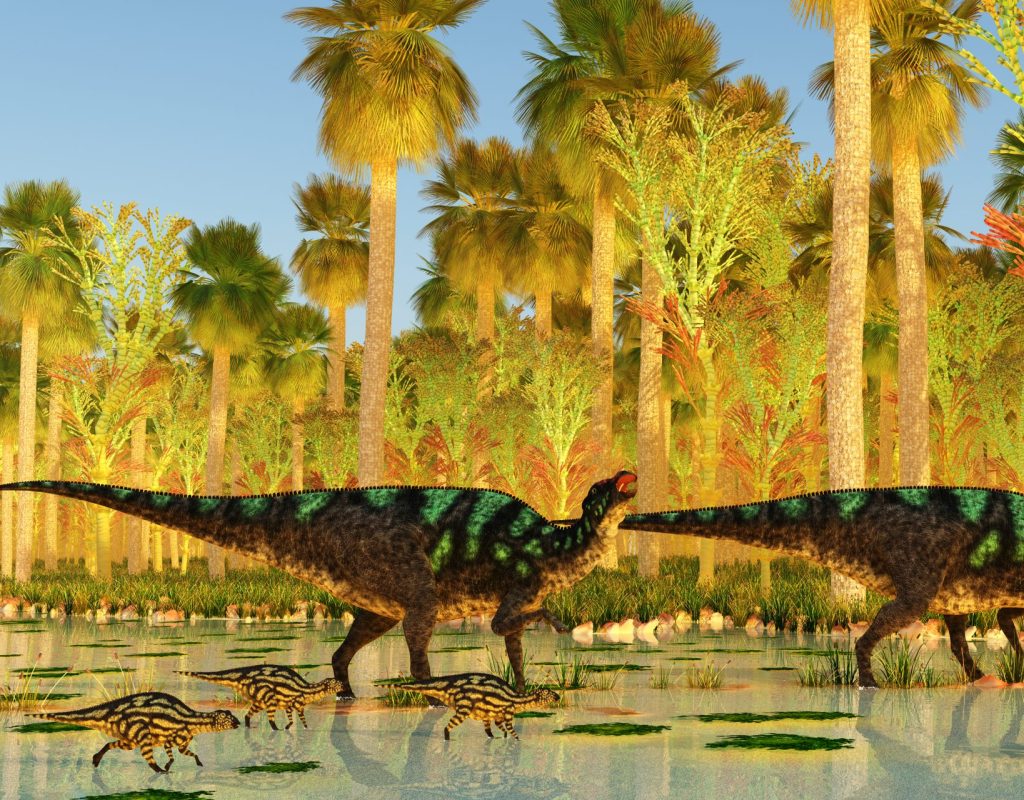
Maiasaura, aptly named the ‘good mother lizard,’ was a duck-billed herbivore that roamed North America. Fossilized nests, complete with eggshells and hatchlings, suggest that Maiasaura’s parents were attentive caretakers. (Imagine dinosaur-sized baby showers!) They likely guarded their nests and possibly even fed their young, a behavior that’s both endearing and sophisticated.
Hey hey! Don’t forget to subscribe to get our best content 🙂
The discovery of these communal nesting sites in Montana’s ‘Egg Mountain’ paints a picture of a nurturing society. Here, families of Maiasaura came together, creating a prehistoric neighborhood where the young could thrive under the watchful eyes of their parents. It’s a heartwarming glimpse into the caring nature of these ancient creatures.
Their fossilized bones show signs of growth similar to those in birds, indicating that the young were dependent for an extended period. This extended dependency further supports the idea of Maiasaura as the devoted parent of the Mesozoic, a title well-earned and reflective of their gentle disposition.
2. Parasaurolophus: The Socialite
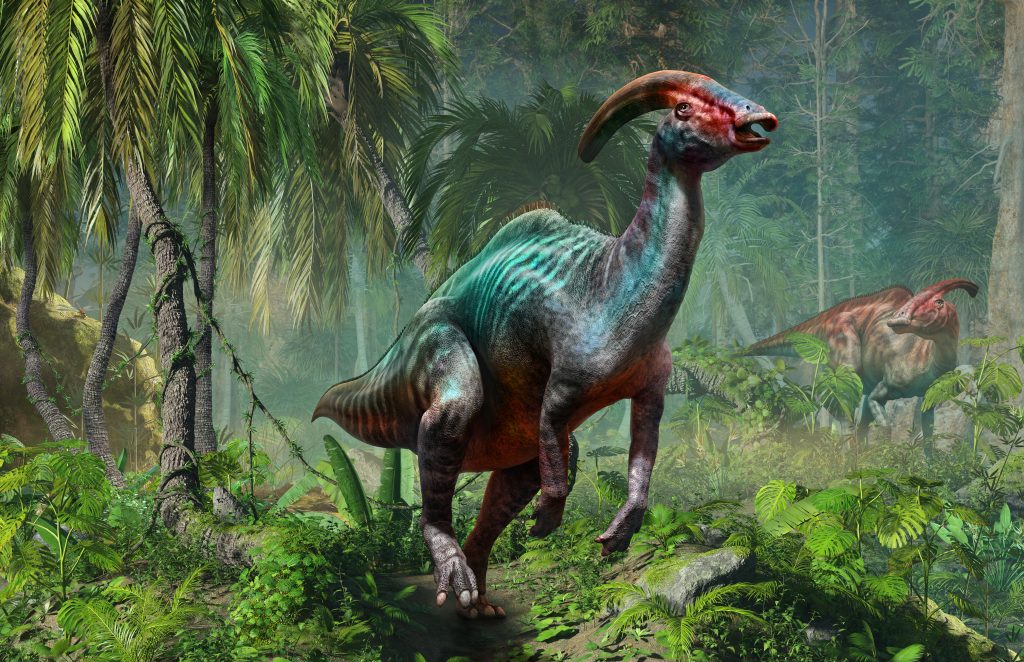
The Parasaurolophus, with its distinctive long, curved crest, might have been the social butterfly of the Cretaceous. It’s believed that the crest could have been used for vocalization, allowing these dinosaurs to ‘chat’ across long distances. (Picture a prehistoric social network, minus the memes.)
Herds of Parasaurolophus likely migrated together, following the seasons and food sources, which indicates a level of social organization. These communal treks would have required cooperation and communication—traits we associate with friendliness and teamwork today.
Their crests’ unique shapes could have also been used for individual recognition or mating displays, adding another layer to their social complexity. Whether it was for a heart-to-heart or a flamboyant flirtation, Parasaurolophus’ ability to communicate cements its place as a Mesozoic socialite.
3. Leaellynasaura: The Adaptable
The Leaellynasaura is a lesser-known dinosaur from Australia that punches above its weight in the amiability stakes. Its large eyes suggest it was adapted to low-light conditions, perhaps living in polar regions where the sun was scarce during winter months. (Talk about a tough neighborhood!)
This adaptability hints at a resourceful creature capable of thriving in harsh conditions. It’s not hard to imagine Leaellynasaura huddling together for warmth and companionship during the long, dark winters, much like penguins do today.
Their ability to survive and possibly even flourish under such challenging circumstances speaks to a certain tenacity and convivial spirit. The Leaellynasaura might have been small, but its capacity to cope with adversity makes it a dinosaur worth admiring.
4. Oviraptor: The Misunderstood
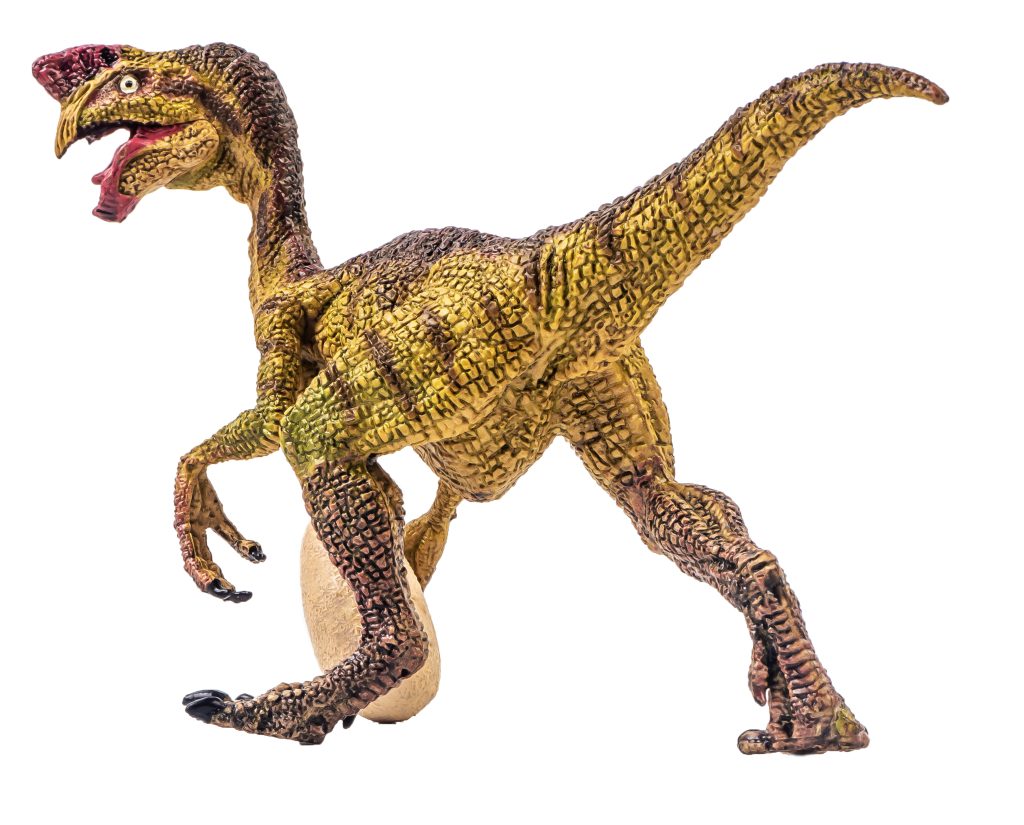
The Oviraptor once thought to be an egg thief, has undergone a reputation makeover. Early fossil finds placed it near nests, suggesting a penchant for omelets. However, further discoveries revealed that these dinosaurs were brooding their eggs, not pilfering them. (Talk about being falsely accused!)
This evidence shows Oviraptor as a caring parent, meticulously overseeing the incubation of its future offspring. The very name ‘Oviraptor’—meaning ‘egg seizer’—is a misnomer that belies the creature’s true nature as a nurturing figure.
Their protective stance over the nests and the delicate arrangement of the eggs suggest a creature that was deeply invested in the well-being of its young. In a twist of fate, the Oviraptor’s legacy has transformed from thief to attentive guardian, proving that even in paleontology, first impressions aren’t always right.
5. Psittacosaurus: The Gentle Herbivore
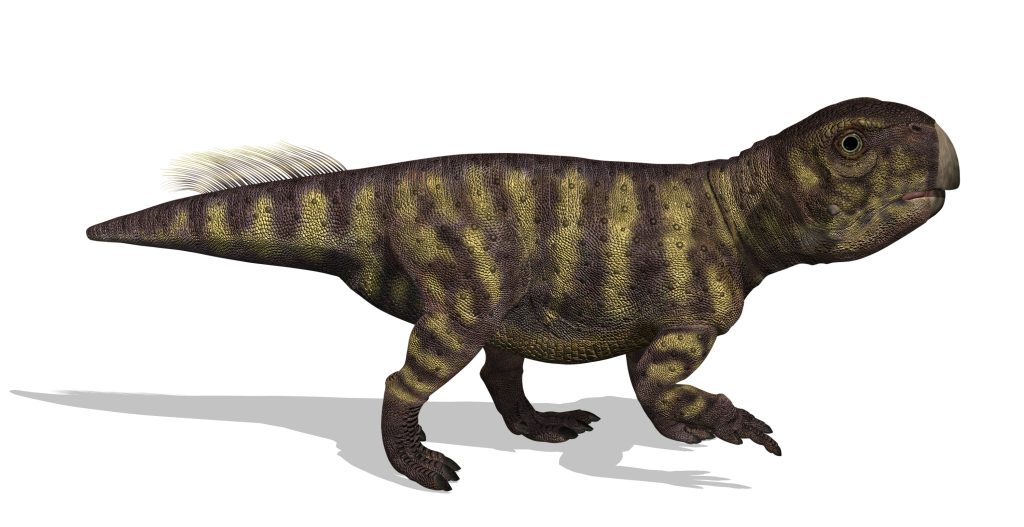
The Psittacosaurus, or ‘parrot lizard,’ was a small, beaked dinosaur that roamed in herds across Asia. Its name comes from its parrot-like beak, ideal for nibbling on tough plants. These gentle herbivores were likely social animals, living and feeding together in harmony.
Fossil evidence suggests that Psittacosaurus cared for their young, with juveniles found near adults in positions that imply a protective presence. It’s a touching scene, reminiscent of modern-day herbivores watching over their playful offspring.
Their non-threatening nature and potential for social bonds make the Psittacosaurus an excellent candidate for the most amiable dinosaur list. They might not have been the flashiest of dinosaurs, but their peaceful existence and familial bonds are undeniably heartwarming.
Criteria for Amiability
Amiability in dinosaurs might seem like a human construct, but it’s based on observable behaviors that suggest social interaction and care. To qualify as amiable, we look for evidence of communal living, parental care, and potential for social bonding. These traits resonate with us as inherently ‘friendly’ behaviors.
A dinosaur’s fossilized remains can reveal much about its lifestyle, including the way it cared for its young or interacted with its herd. Nests, footprints, and even the positioning of bones can give us insights into their social dynamics. It’s like piecing together a prehistoric puzzle where each fragment tells a story of ancient camaraderie.
While we can’t directly observe these behaviors, we can draw parallels to modern animals. By comparing the evidence from the fossil record to the habits of today’s creatures, we create a bridge across time, helping us to understand the possible temperaments and social structures of these long-gone giants.
Understanding Dinosaur Behavior
Understanding dinosaur behavior involves a mix of science and imagination. We scrutinize the fossil record for clues, piecing together the fragments of a world long gone. It’s like being a detective, but instead of fingerprints, we’re looking at fossilized footprints.
The behaviors we infer, such as nurturing young or forming herds, suggest that dinosaurs were complex creatures with social structures that might mirror those of animals today. It’s a reminder that these ancient reptiles were once living, breathing beings, not so different from the fauna we share our planet with.
As we continue to uncover more fossils, our picture of dinosaur life becomes clearer. Each discovery is a window into the past, revealing the multifaceted nature of these fascinating creatures that once walked where we walk now.
In the video, Describe World explains –
Describe World
- Diverse Prehistoric Landscape: The video highlights the vast diversity of prehistoric life, featuring various dinosaurs from towering tyrannosaurs to elegant herbivorous sauropods.
- Behavioral Insights: It provides insights into the behaviors and social dynamics of dinosaurs, offering a glimpse into how they interacted with each other and their environment.
- Paleontological Journey: Viewers are taken on a journey back in time through the work of dedicated paleontologists, behavioral scientists, and artists who piece together clues from the fossil record.
- Feeding and Hunting Strategies: The video explores the feeding habits and hunting strategies of carnivorous dinosaurs, including the remarkable coordination and intelligence displayed by Velociraptors in pack hunting.
- Social Structures: It delves into the social structures of herbivorous dinosaurs, such as hadrosaurs and ceratopsians, highlighting communal behaviors like mating rituals, territory disputes, and parental care.
- Iconic Dinosaur Behaviors: Iconic dinosaur behaviors are examined, from the courtship displays of Tyrannosaurus Rex to the nurturing instincts of sauropods, providing insights into their emotional lives.
- Scientific Techniques: Modern scientific techniques, including biomechanical modeling and isotopic analysis, are showcased to decipher movement patterns, feeding habits, and migratory behaviors of dinosaurs.
- Paleoart: The video explores the imaginative realm of paleoart, where talented artists bring dinosaurs to life through vivid illustrations and animations, enhancing our understanding of prehistoric life.
- Fusion of Science and Art: By combining scientific inquiry with artistic interpretation, the video allows viewers to envision the rich tapestry of prehistoric life in unprecedented detail.
- Educational and Inspiring: Overall, the video offers a captivating adventure of discovery, aiming to amaze, educate, and inspire dinosaur enthusiasts and anyone curious about the intricacies of prehistoric life.
The Importance of Fossils
Fossils are our primary window into the lives of dinosaurs. Without them, our knowledge would be as extinct as the creatures themselves. They are the storybooks of prehistory, each bone, tooth, and imprint a sentence in an epic tale spanning millions of years.
The preservation of fossils is a delicate dance between the right conditions and sheer luck. When we unearth a well-preserved specimen, it’s cause for celebration—a new chapter in the ongoing saga of our planet’s history.
These relics of the past not only inform us about the biology and behavior of dinosaurs but also the evolution of life on Earth. By studying fossils, we learn not just where we’ve come from, but potentially where we’re headed, making paleontology a field that’s as much about the future as it is about the past.
Conclusion: Our Dinosaur Friends
The dinosaurs we’ve met today show us that prehistoric life was not solely a ‘survival of the fittest’ battle royale. There were moments of care, social interaction, and camaraderie among these ancient giants. They were creatures of complexity and depth, with behaviors that resonate with us across the eons.
As we reflect on these amiable dinosaurs, it’s a reminder of the enduring connections between all living things. Our understanding of these creatures continues to evolve, and with each fossil unearthed, we grow closer to unraveling the mysteries of the lives they led.
So, the next time you think of dinosaurs, remember the Maiasaura’s tender care, the Parasaurolophus’ social calls, and the Psittacosaurus’ gentle herds. These ancient beings were not just the monsters of our nightmares, but also the gentle giants of prehistoric times, whose legacy continues to shape our understanding of the natural world.

